The State of Solar Power in California Under the Biden Administration
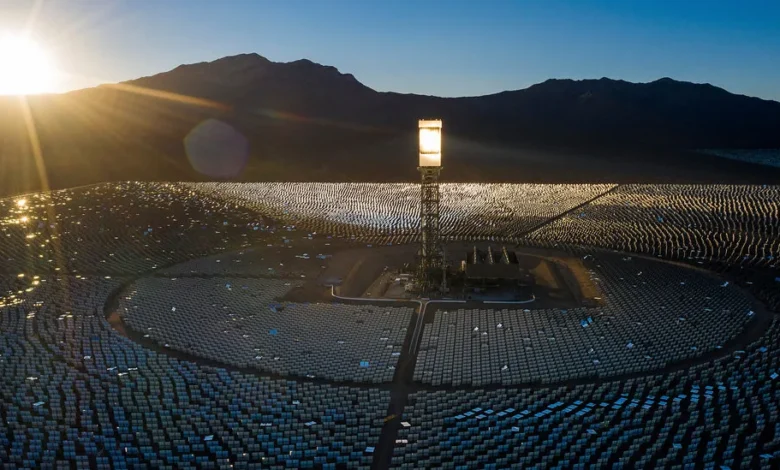
The pandemic, the war in Ukraine, global warming, and the cost of living crisis have all driven home the need for more investments in renewable energy. The more that governments and citizens invest in solar power, the cleaner and easier our futures will be.
States like California are at the center of those changes. It’s hot, it’s affluent, and it’s liberal, making it the potential ground zero for solar power. So, how is the Biden administration managing solar expectations in the Golden State? Have the best solar companies in California, according to mercurynews.com, increased their offerings or reduced their prices, and how have big businesses responded?
Let’s find out by highlighting the current state of solar power in California.
Riverside County Projects
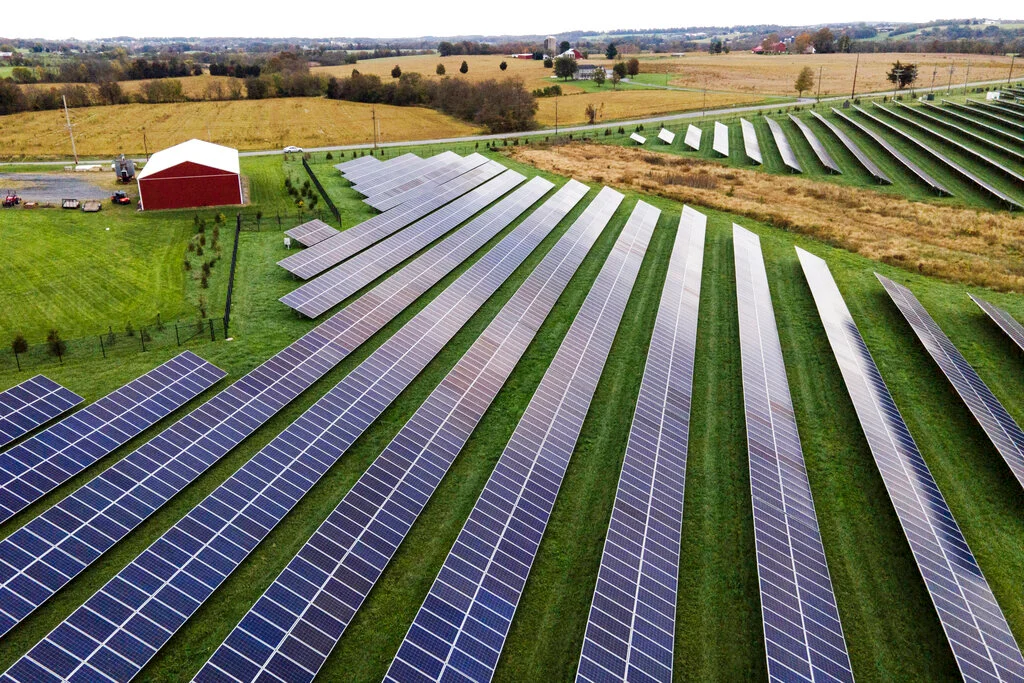
In December 2024, the Biden administration announced that two major solar projects had been given the go-ahead in the California desert. These projects, along with one approved several months later, will generate an incredible 1,000 megawatts of power. That’s enough to power over 130,000 homes!
It’s a drop in the ocean when you consider that there are nearly 40 million residents in California, the USA’s most populous state, but it’s still a step in the right direction.
These projects will generate millions of dollars in operational economic benefit and will also create up to 1,000 jobs, providing a significant boost to the local economy.
More notably, the announcement came during the same week that Joe Manchin III, the governor of West Virginia and a major supporter of the coal industry, announced that he would not back sweeping green energy legislation.
It’s proof that the United States is still a divided nation when it comes to solar panels. Many state governments refuse to back solar power and some still insist that global warming is a lie and clean energy is not needed. It seems like a preposterous belief for someone to have in 2024, but it’s not that uncommon.
Fortunately, states like California are firmly behind the green energy movement, and as it’s the richest and most populated state in the US, it could set an example that all others will follow.
Uncertainty Across the United States
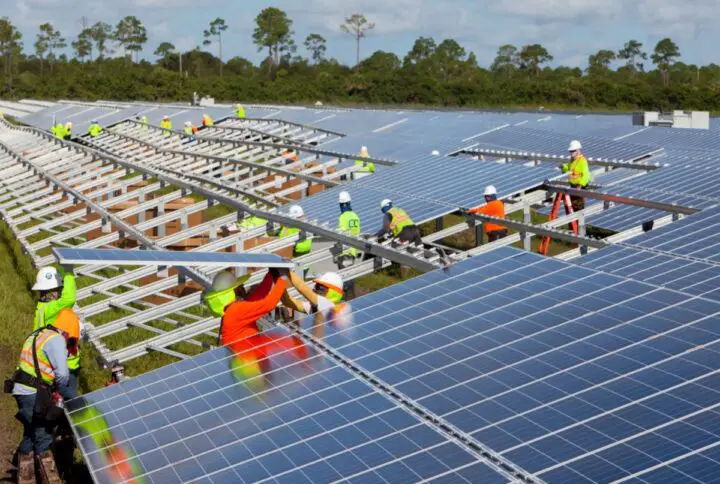
The US solar industry was stuck in a limbo of sorts for some time now and this impacted all states, including California. The issues stemmed from the administration’s insistence on increasing domestic production, putting the power in the hands of US manufacturers. But that has made life difficult for the solar power companies that rely on cheap imports from China.
A probe into Chinese solar manufacturers was launched after they were alleged to be funneling parts through other Asian countries, allowing them to bypass the tariffs imposed on Chinese products and technology.
In June 2024, a compromise was reached. It was announced that the investigation into the practices of Chinese manufacturers would continue, but parts could be imported from four Asian countries—Vietnam, Cambodia, Thailand, Malaysia—without fear of retroactive reprisals.
This means that solar companies can freely do business with companies in these countries, knowing that even if the report is damning, they won’t face penalties.
This compromise will last for two years and should provide a boost for the solar sector.
The solar industry celebrated the move, with the CEO of the Solar Energy Industries Association stating, “The president’s action is a much-needed reprieve from this industry-crushing probe.” Just a few weeks earlier, the same representative had expressed concerns that the investigation was set to wipe out a decade of growth within the solar industry.
Promises Made by President Biden
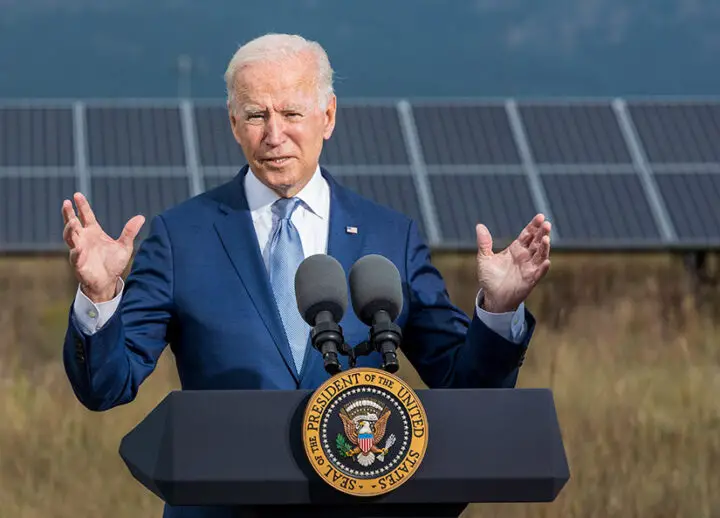
Although the Biden administration has made some huge leaps forward in providing cleaner energy for US citizens, there is still a long way to go if he is going to meet his pledges.
Those promises include a pledge to reduce the country’s emissions by 52% from 2005 levels by the end of the 2020s. That might not sound like much, but for a country hooked on non-renewable energy that’s using more and more energy every day, it would be a huge accomplishment. It would also set the United States up for a clean future, setting an example that will surely be followed by many other countries.
The administration has also promised to reduce all emissions from fossil fuels by 2035, giving it less than 15 years to ween the country off its addiction to coal, oil, and natural gas.
Unfortunately, while the US has made several major advancements under Joe Biden, it’s a long way from reaching those targets. After all, major solar projects like the ones in the California desert take years to build and the investigation into Chinese parts has also slowed things down.
Biden has invoked the Defense Production Act to speed up production and help him reach those targets, but for the US to become the green energy haven that it seeks to be, he needs to invest a lot more time and money into this industry. Furthermore, he will also have to convince many industry leaders, governors, and citizens that solar energy is actually the way forward.
The Future of Green Energy in California
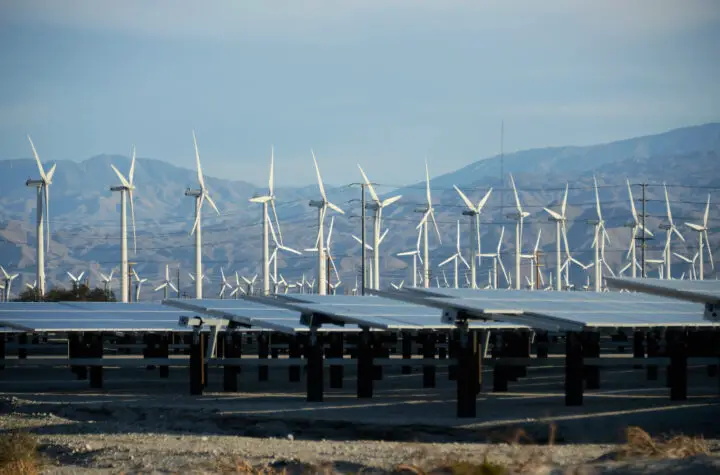
California is well on its way to becoming an all-green state. It has a long way to go, but it’s heading in the right direction.
States like CA only need to look to Europe to understand that we have the technology and means for major cities and industries to flourish using solar energy.
Germany is a great example. It’s one of the greenest countries in the world and in the last few months, it has taken steps to increase its green energy even more. Before the war in Ukraine, Germany was heavily reliant on Russia for oil and gas, but it’s now seeking ways to cut that short.
The same is true for Italy, Greece, France, and the United Kingdom. Countries like the Netherlands and Norway are also some of the greenest in the world, and it’s no coincidence that they are often voted as two of the best places to live.
The USA’s future is green, and it will either get there by choice, as is the case with the aforementioned European nations, or it will be dragged there by spiraling energy costs, rising sea levels, and a climate crisis that threatens all of us.
